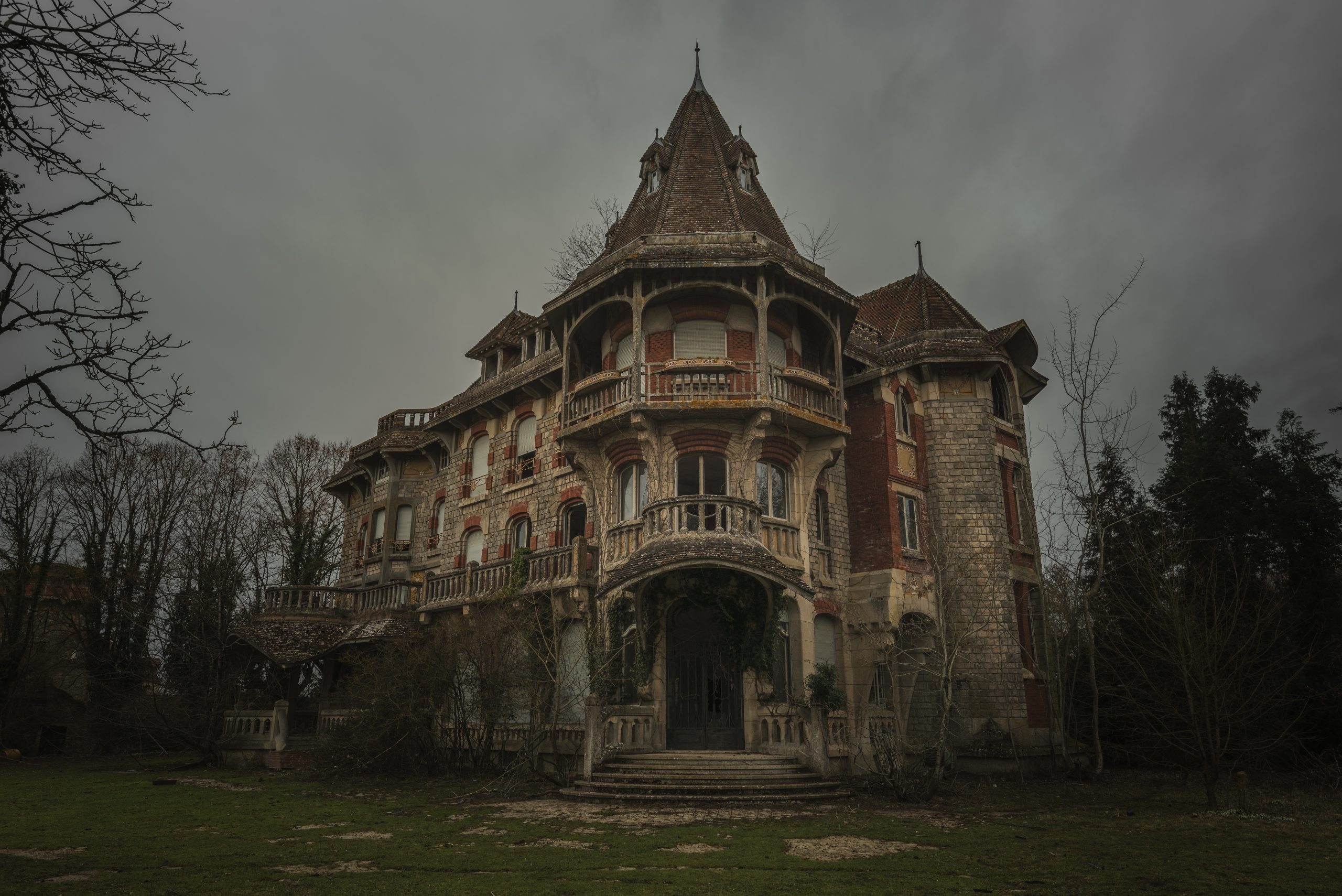

If you are traveling the Taylor Highway from April through October, consider stopping at Fort Egbert.

Today, 5 of the original 45 buildings are still intact, and managed by the Bureau of Land Management, the National Park Service, and Eagle Historical Society and museums. Not long after, the city’s historic district was named a National Historic Landmark. By the 1970s, only 36 intrepid souls stayed on in town. It was abandoned in 1911, though an Army Signal Corps contingent stayed behind to run a telegraph and wireless station until 1925. It was located in a strategic spot on the Yukon, and was a center for trade and transportation for the interior of Alaska. Portlock is currently abandoned, and likely to remain so, if the legends are true! 5.) Fort Egbertīuilt in the late 1800s by the US Army, Fort Egbert had a population of 1,700 people by 1899. When the cannery needed workers to finish, they had to hire armed guards to watch over them during their entire stay. Whatever this creature may be, many people won’t go back to the village area. In fact, there is evidence of a previous community at the same Portlock townsite that had been abandoned years prior. The locals claim that this legend has been around for hundreds of years. It did not take long for the entire town to evacuate the post office ended up closing between 19.ĭozens of people went missing over a 20 year span, and many of the locals attributed it to Nantinaq, or a giant Bigfoot or Yeti type creature.Īnd this wasn’t the first time something like this happened. Shortly after, some of the missing hunters dismembered body parts began washing ashore. Starting in the early 1940s, some Dall sheep hunters went missing in the woods. Located just 16 miles south of Seldovia, this small town began as a cannery in the early 1900’s. Portlock, Alaska is a ghost town on the Kenai Peninsula. That means you can cruise past Alaska’s history for as long as you want. The best part? The Fortymile River has a large number of access points, making it possible to enjoy float trips that range from one day to several weeks in length.

Largely abandoned during the Klondike Gold Rush when gold was discovered nearby, visitors can still visit the Fortymile Region and see the remnants of past mining operations that litter the beaches. Miners then extracted more than a half-million ounces of gold from the Fortymile watershed during its Gold Rush years. In 1886, gold was found there and prospectors named the river. The city will fine anyone who trespasses onto the property.įortymile River in east Alaska features hundreds of miles of creeks and rivers. The building is in extensive disrepair and has been deemed unsafe. You can see this exceptional building in person next time you are in Whittier, but don’t try to enter. Demolishing or restoring the property would be quite costly, so the building sits abandoned to this day. The building continued to operate until 1966, when the military pulled out of port Whittier and after changing hands several times, went into foreclosure in 2016.
#ABANDONED PLACES MOVIE#
The building was soon known as “ the city under one roof,” featuring a jail, 320-seat movie theater, bowling alley, and cafeteria. General Simon Buckner, the defensive commander of Alaska at the time, recommended building a protective shelter that was bomb-proof and independent from local power plants to protect his troops. Originally built as a military building, the Buckner Building is now one of the most famous abandoned places in the US, with its fair share of speculation and rumor surrounding it.ĭuring the early days of WWII, there was concern that Alaska could be attacked by air. The Buckner Building lies abandoned on the western edge of Alaska’s Prince William Sound.


 0 kommentar(er)
0 kommentar(er)
